1. Understanding Hydroponics Garden

Hydroponics, a term derived from the Greek words "hydro" (water) and "ponos" (labor), represents a revolutionary method of gardening. Unlike traditional methods, hydroponics is the art and science of cultivating plants without the use of soil. Instead, it relies on nutrient-rich water solutions to provide plants with the essential minerals they need to thrive.
Hydroponics Growing Systems: A Modern Solution
As urban spaces become more constrained and the demand for sustainable agricultural practices rises, hydroponics indoor gardens emerge as a promising solution. Offering benefits such as space-saving designs, increased yield, and faster growth rates, hydroponics addresses many challenges of modern-day farming.
Hydroponics Garden: From Ancient Roots to Modern Innovations
Though it might seem like a contemporary concept, the roots of hydroponics can be traced back to ancient civilizations. Now, this soil-less cultivation method stands at the forefront of agricultural technology, promising a greener and more efficient future.
Navigating the Indoor Garden System
In this article, we will delve deep into the principles, types, and advantages of hydroponics gardening. Our aim is to provide readers with a comprehensive understanding of this fascinating subject, ensuring a blend of knowledge and practical insights.
2. Basic Principles of Hydroponics Garden
What is Hydroponics Garden?
Hydroponics, at its essence, is a method of growing plants without soil. Instead of drawing nutrients from the earth, plants are fed through a nutrient-rich water solution. This method allows plants to receive a balanced intake of essential minerals directly from the water, leading to more efficient nutrient absorption and faster growth.
The Science Behind Hydroponic Indoor Garden
The underlying principle of hydroponics is straightforward: plants require light, water, and nutrients to grow. In traditional gardening, plants extract nutrients from the soil. However, in a hydroponic indoor garden system, these nutrients are dissolved directly in the water, creating a solution that plants can easily absorb. This direct access to nutrients, combined with controlled environmental conditions, often results in healthier plants and higher yields.
Hydroponics vs. Soil Cultivation

While soil acts as a nutrient reservoir, it's not essential for plant growth. What's crucial are the minerals and nutrients within the soil. Hydroponics garden systems bypass the soil, delivering nutrients directly to the plant roots. This not only accelerates growth but also eliminates many soil-borne diseases and pests, making it a preferred method for many modern gardeners.
The Role of the Indoor Garden System
A well-designed hydroponics system ensures that plants receive the right amount of water, light, and nutrients at all times. Advanced systems might also incorporate features like pH balance control, aerators to oxygenate the water, and automated lighting schedules, all of which contribute to optimal plant growth.
3. Structure and Principles of Hydroponics Indoor Garden Systems
Device Structure of a Hydroponics Indoor Garden
A typical hydroponics system is more than just water and plants. It's a carefully designed setup that ensures optimal growth conditions. Key components include:
- Reservoir: Holds the nutrient solution.
- Grow Tray: Where plants are placed, usually with net pots or similar containers.
- Substrate: Instead of soil, plants are anchored in inert substrates like rock wool, perlite, or clay pellets.
- Pump: Circulates the nutrient solution, ensuring it reaches the plant roots. Also adds oxygen to the nutrient solution, vital for root health.
- Light Source: Especially important for indoor systems, providing plants with the necessary light for photosynthesis.
- Control System: Monitors and adjusts factors like nutrient concentration and water.
How Hydroponics Systems Work
The beauty of hydroponics lies in its precision. By controlling the environment, gardeners can ensure plants get exactly what they need, when they need it. Here's a step-by-step breakdown:
- Nutrient Solution Preparation: A balanced mix of water and soluble fertilizers, tailored to the specific needs of the plants being grown.(LetPot Plant Nutrients:10ml Plant food: 1L Water)
- Watering Cycle: The pump circulates the nutrient solution, ensuring it reaches the plant roots. Depending on the system type, this might be continuous or in intervals. At the same time infuses the nutrient solution with oxygen, preventing root rot and promoting healthy growth.
- Lighting: For indoor systems, artificial lights replicate the sun's spectrum, supporting photosynthesis and plant growth.
- Monitoring and Adjustments: Using the control system, gardeners can adjust factors like light duration, nutrient concentration, and pH level to optimize growth conditions.
The Ecosystem Within
At first glance, a hydroponics system might seem sterile, especially compared to traditional soil gardens. However, it's a dynamic ecosystem. Beneficial bacteria break down waste, helping nutrient absorption. The inert substrates support root growth without introducing potential pathogens. And the controlled environment minimizes pests, reducing the need for pesticides.
4. Types of Hydroponics Gardens
Deep Water Culture (DWC)
One of the simplest forms of hydroponics, DWC involves suspending plant roots in a nutrient-rich solution with the roots fully submerged. An air pump oxygenates the water, ensuring roots receive adequate oxygen. This method promotes rapid growth and is especially popular for leafy greens and herbs.
Nutrient Film Technique (NFT)
In NFT systems, a thin film of nutrient solution continuously flows over the roots, which are suspended in a sloped trough or channel. This provides the roots with both nutrients and oxygen. It's a space-efficient method, but requires careful monitoring to prevent system failures which can quickly harm the plants.
Ebb and Flow (Flood and Drain)
Ebb and Flow systems work by flooding the grow tray with a nutrient solution at specific intervals and then draining it back into the reservoir. This cycle oxygenates the roots and ensures they aren't submerged for too long. It's versatile and can support a wide variety of plants, but requires a bit more equipment and maintenance.
Aeroponics
Perhaps the most high-tech of all hydroponics methods, aeroponics involves suspending plant roots in air and misting them with a nutrient solution. This provides maximum oxygen to the roots, promoting fast growth. While it offers great results, aeroponics systems can be more complex and require close monitoring.
Each of these hydroponics methods offers unique advantages and challenges. The best choice often depends on the specific plants being grown, the available resources, and the gardener's expertise. Regardless of the method, the core principle remains the same: providing plants with direct access to nutrients and oxygen for optimal growth.
5. Comparison between Hydroponics and Traditional Planting
The Age-Old Method: Traditional Planting
Traditional planting, the method most gardeners are familiar with, involves growing plants in soil. Soil acts as a medium, providing plants with nutrients, anchorage, and a place to grow. It's a natural ecosystem, teeming with microorganisms that aid in nutrient breakdown and absorption.
The Modern Approach: Hydroponics
Hydroponics, on the other hand, eliminates the soil from the equation. Plants are provided with nutrients directly through water, ensuring faster and more efficient absorption. This controlled environment often leads to faster growth, higher yields, and fewer pests and diseases.
Advantages of Hydroponics
- Space Efficiency: Hydroponics systems, especially vertical setups, can produce more food in less space.
- Water Conservation: These systems use significantly less water than traditional farming.
- Controlled Environment: Growers have precise control over nutrient levels, pH, and other factors.
- Fewer Pests and Diseases: The absence of soil reduces the risk of soil-borne diseases and pests.
- Faster Growth: Direct access to nutrients can accelerate plant growth.
Disadvantages of Hydroponics
- Initial Cost: Setting up a hydroponics growing system can be more expensive than traditional gardening.
- Technical Knowledge: It requires understanding of the system's mechanics and plant needs.
- Power Dependency: Many hydroponics systems rely on electricity. Power outages can be detrimental.
- Monitoring: Constant monitoring and adjustments are often necessary for optimal results
In Conclusion: Which is Better?
Both traditional planting and hydroponics have their merits. While traditional gardening connects us to the earth and is more forgiving of mistakes, hydroponics offers efficiency, control, and often higher yields. The best method often depends on individual goals, resources, and preferences.
6. Creating a Simple Hydroponics Indoor Garden System
Preparation Phase
1. Gather Materials
- Reservoir: A container (10-20 liters capacity is a good start) to hold the nutrient solution.
- Substrate: Perlite, vermiculite, or rock wool cubes. These will support and anchor your plants.
- Water Pump: A small aquarium pump will suffice.
- Air Pump and Air Stone: Essential for oxygenating the nutrient solution.
- Tubing: Flexible plastic tubing to connect the pumps and transport the nutrient solution.
- Grow Lights: LED or fluorescent grow lights suitable for plant growth.
- Nutrient Solution: A balanced hydroponic nutrient mix available at gardening stores.
- pH Test Kit: To monitor and adjust the pH level of the nutrient solution.
- Net Pots: Small pots with wide holes, ideal for hydroponics.
2. Choose a Suitable Location
- Find a space that can accommodate spills and splashes, preferably close to power outlets.
- Ensure the location receives minimal direct sunlight if using grow lights to prevent overheating.
Step-by-Step Indoor Garden Guide

1. Setting Up the Reservoir
- Clean the container thoroughly to remove any contaminants.
- Place it in your chosen location, ensuring it's stable.
2. Installing the Pumps
- Attach the water pump to one end of the tubing. This will transport the nutrient solution to the plants.
- Place the air pump outside the reservoir. Connect it to the air stone using another piece of tubing. Submerge the air stone in the reservoir to oxygenate the solution.
3. Preparing the Grow Tray
- Fill net pots with your chosen substrate.
- Place the net pots in a tray or lid that sits above the reservoir. Ensure they're spaced out to give plants room to grow.
- Cut holes in the tray or lid large enough for the net pots to sit in, allowing the plant roots to reach the nutrient solution below.
4. Planting
- If using seeds: Place 1-2 seeds in each net pot, pushing them into the substrate.
- If transplanting seedlings: Gently place the seedling roots into the substrate in the net pots.
5. Setting Up Lighting
- Hang or position the plant grow lights above the grow tray.
- Ensure even coverage over all plants.
- Set a timer for 12-16 hours of light daily, mimicking natural daylight conditions.
6. Preparing the Nutrient Solution
- Fill the reservoir with water, leaving a few inches at the top.
- Following the manufacturer's instructions, mix in the hydroponic nutrients.
- Use the pH test kit to check the solution's pH level. Adjust using pH up or down solutions to achieve a pH of 5.5 to 6.5.
7. Starting the System
- Turn on both pumps. The water pump will circulate the nutrient solution, while the air pump oxygenates it.
- Ensure the plant roots are touching or submerged in the nutrient solution.
8. Daily Maintenance
- Check the water level daily, topping up with more nutrient solution as needed.
- Monitor plant growth, ensuring they're not overcrowded.
- Regularly check the pH and adjust as necessary.
9.Tips for Indoor Garden Success
- Cleanliness is Key: Regularly clean all components to prevent algae growth and potential diseases.
- Monitor Plant Health: Look out for signs of nutrient deficiencies or pests and address them promptly.
- Educate Yourself: The more you know about the specific plants you're growing, the better you can cater to their needs.
Embracing the Future with Hydroponics
Hydroponics, transcending traditional farming boundaries, represents the pinnacle of agricultural innovation. By eliminating soil and optimizing nutrient delivery, it offers unparalleled efficiency and versatility. From addressing urban space constraints to promoting sustainable practices, hydroponics stands as a testament to human ingenuity and a beacon for a sustainable agricultural future.
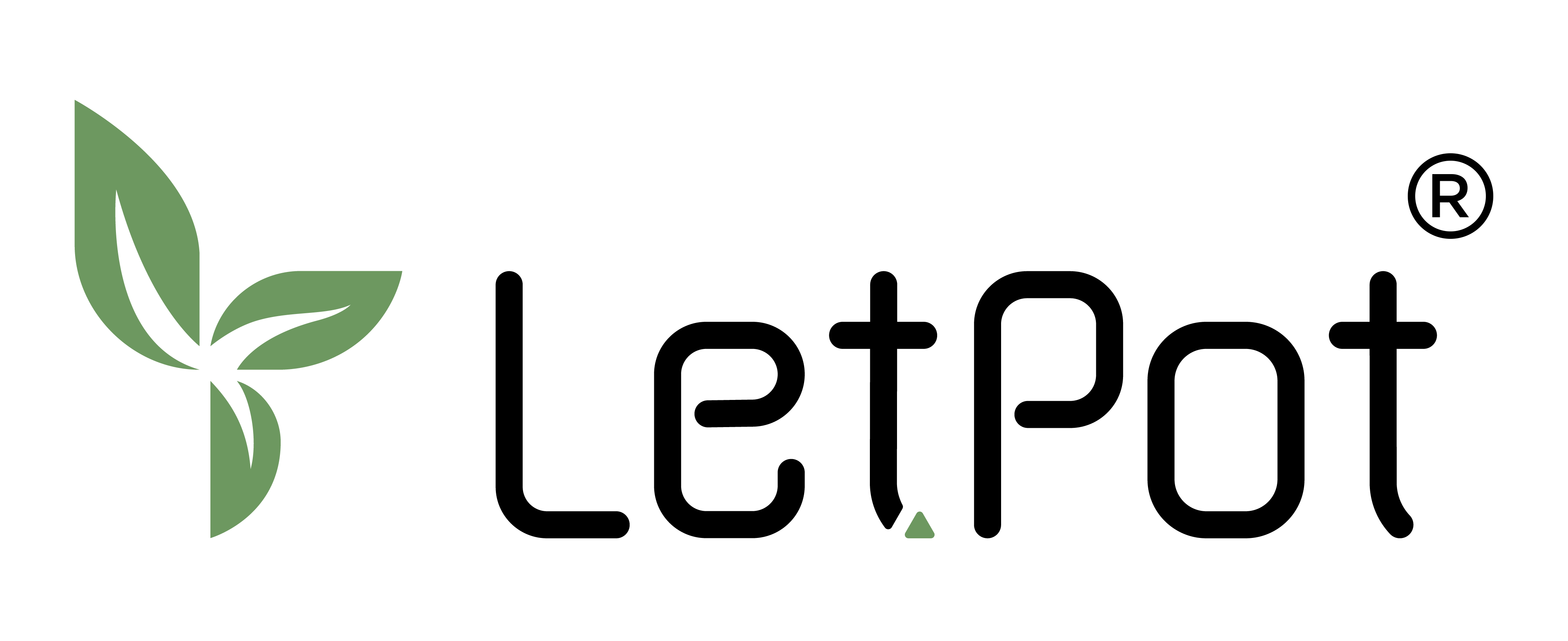
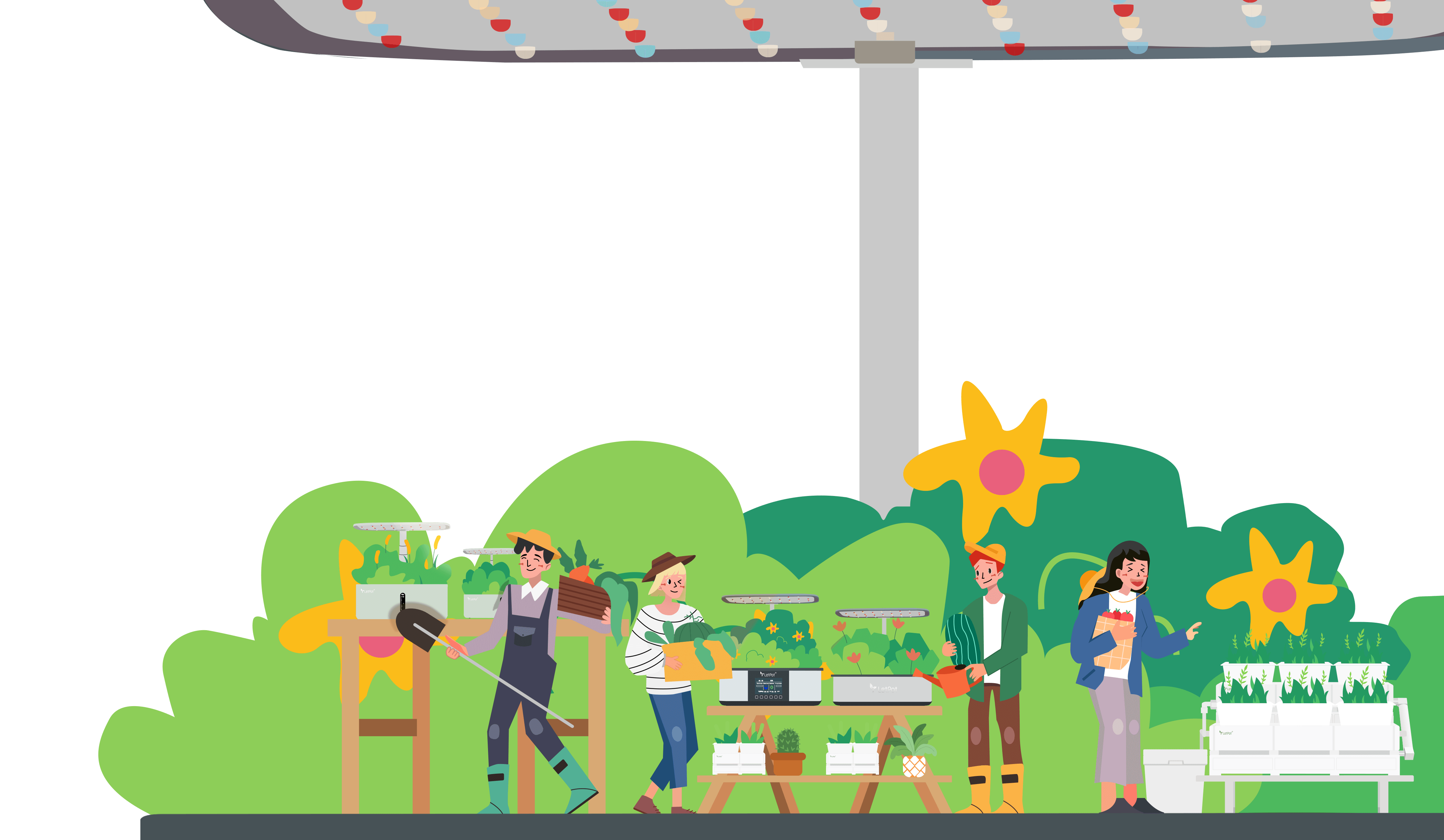


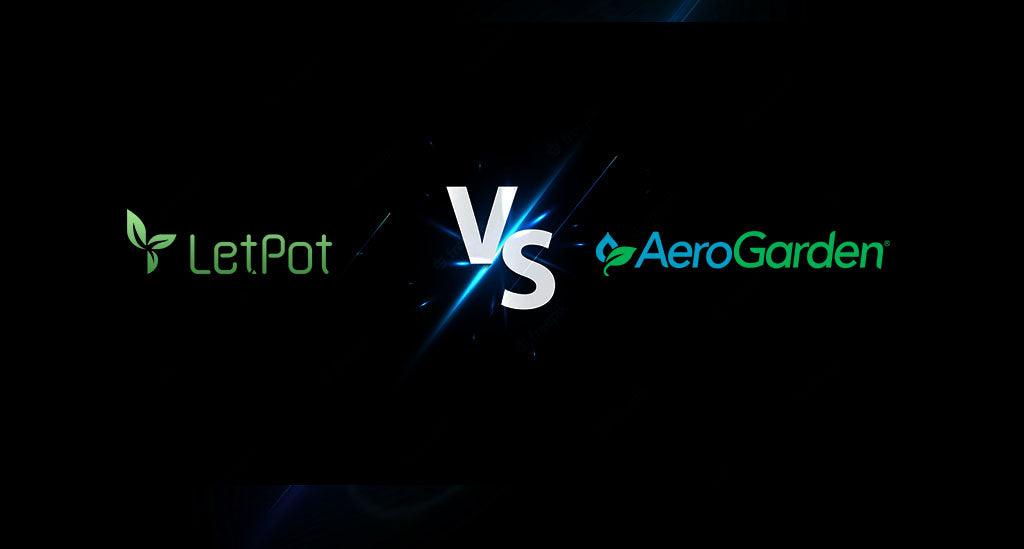
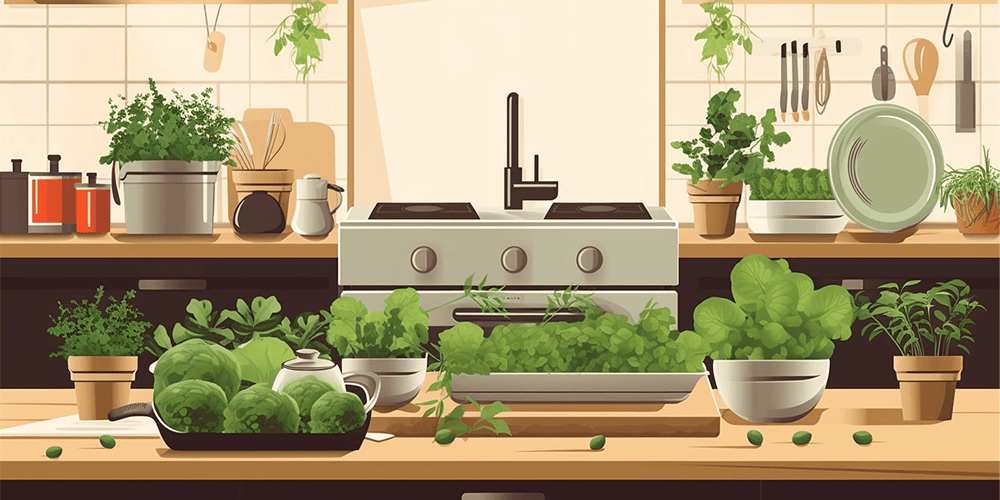
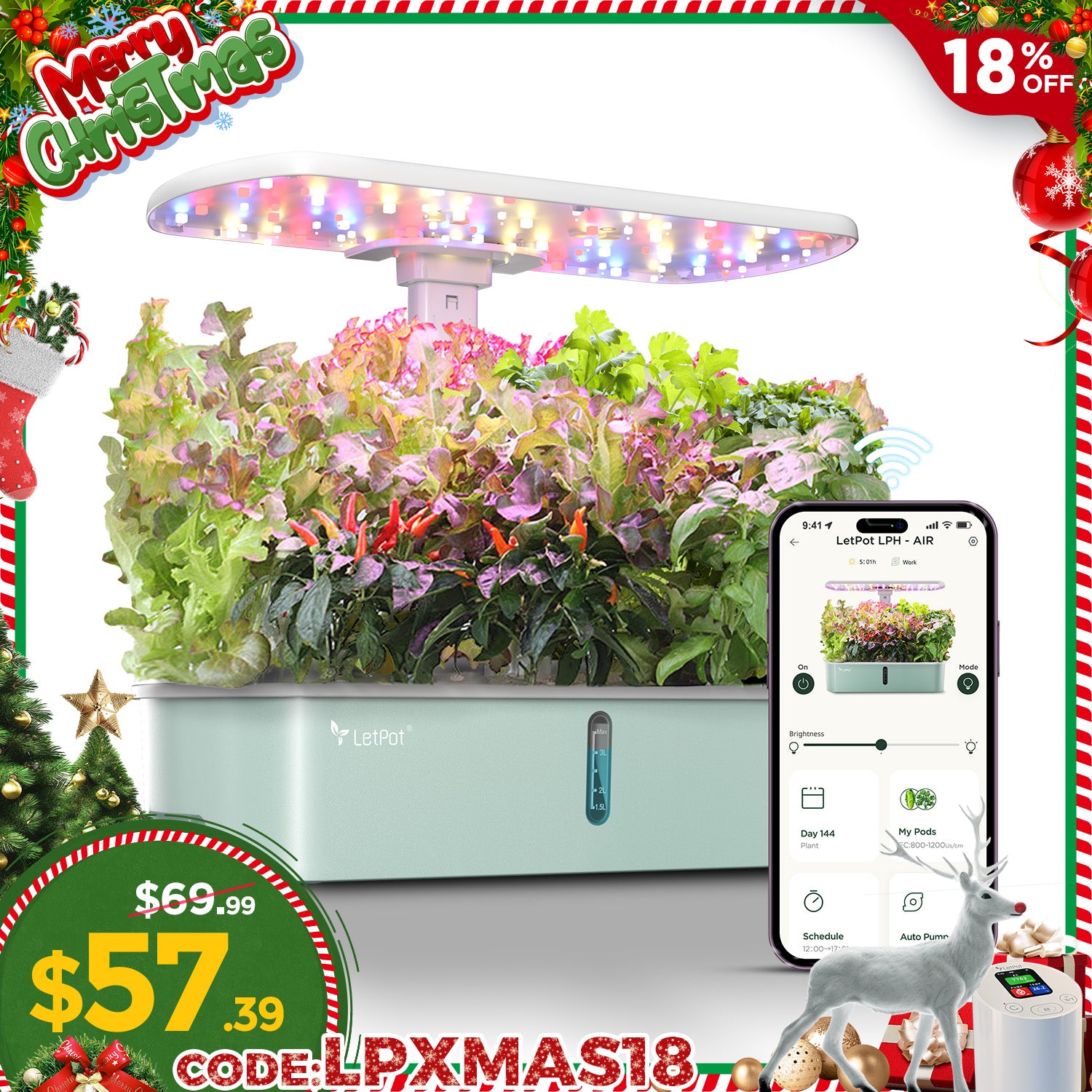

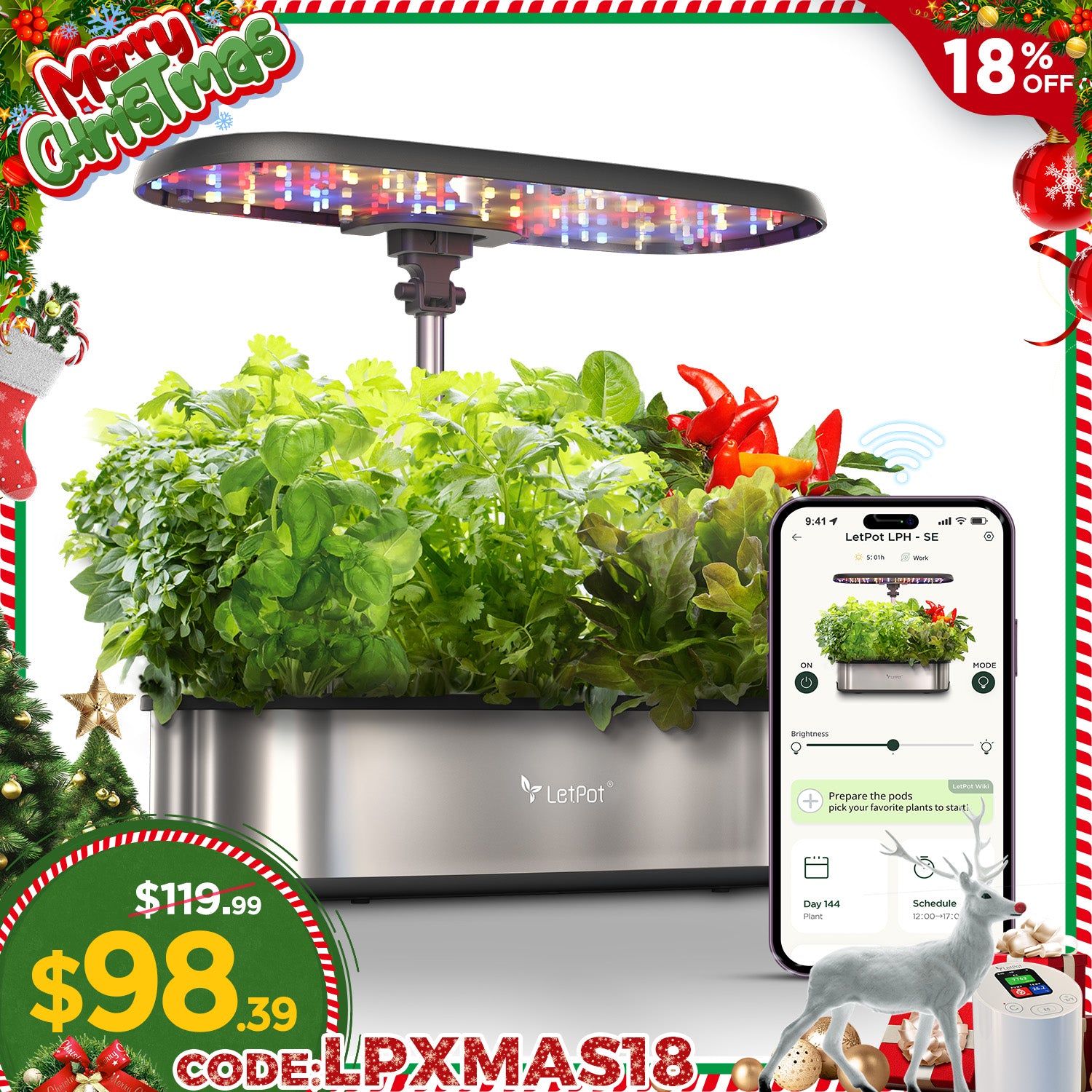
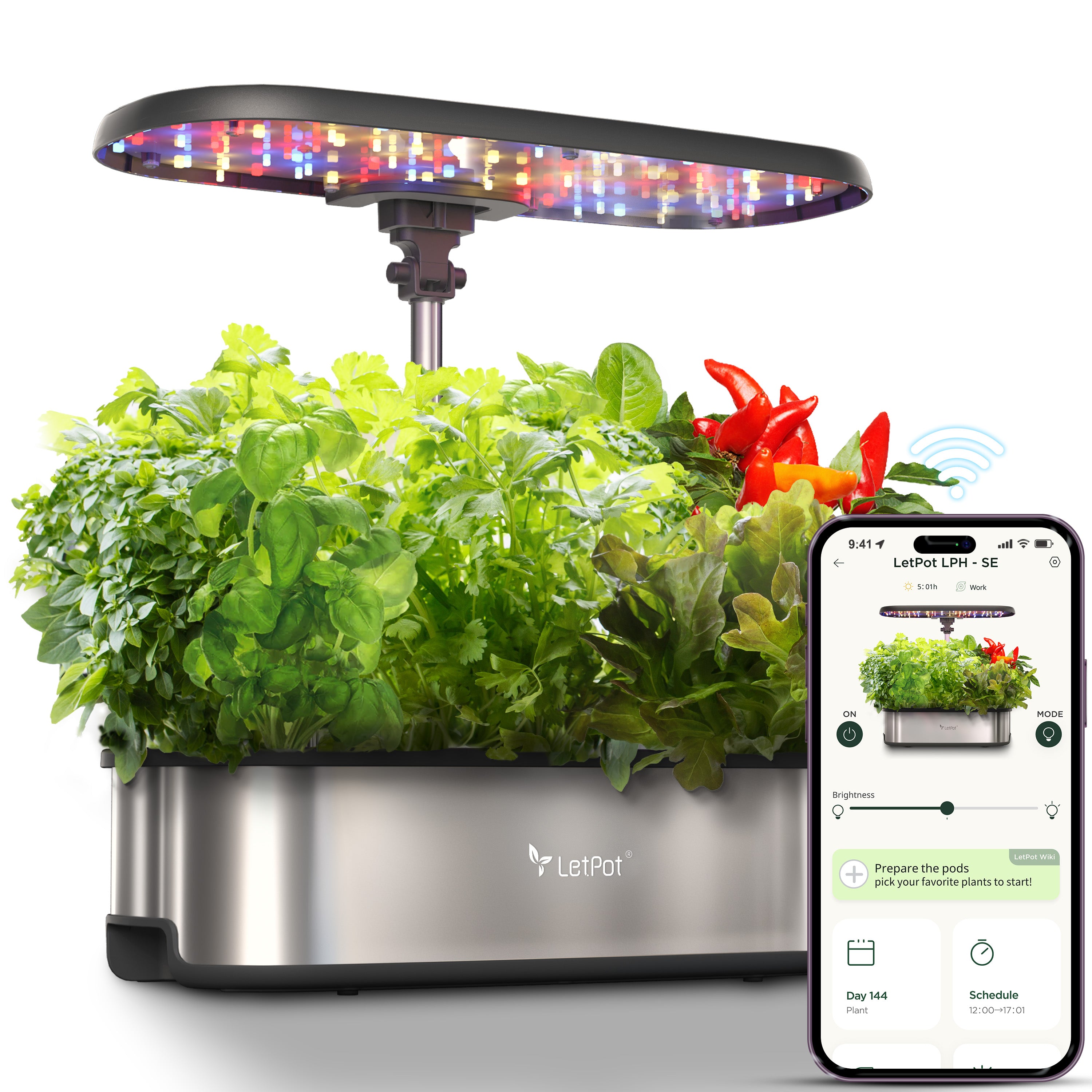
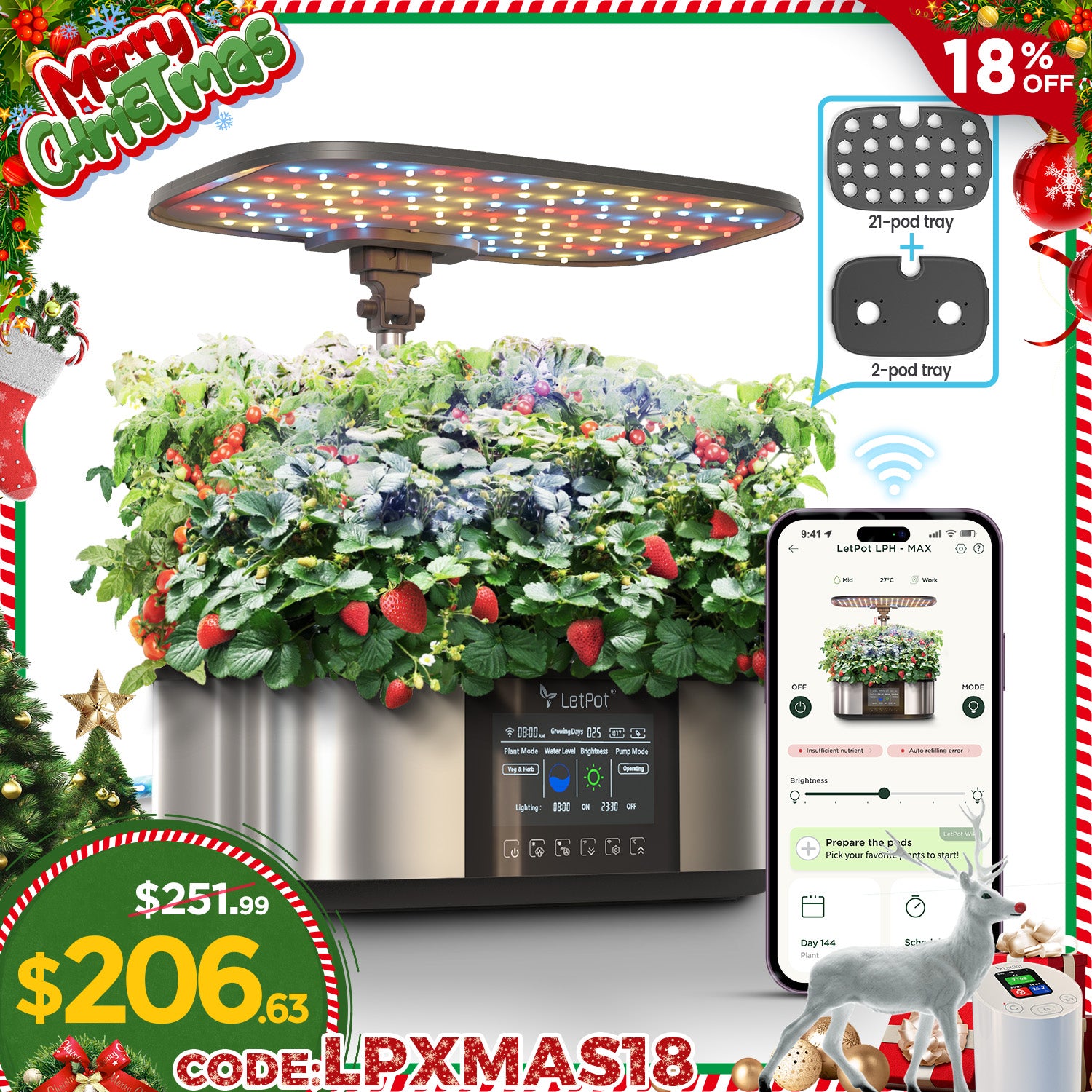
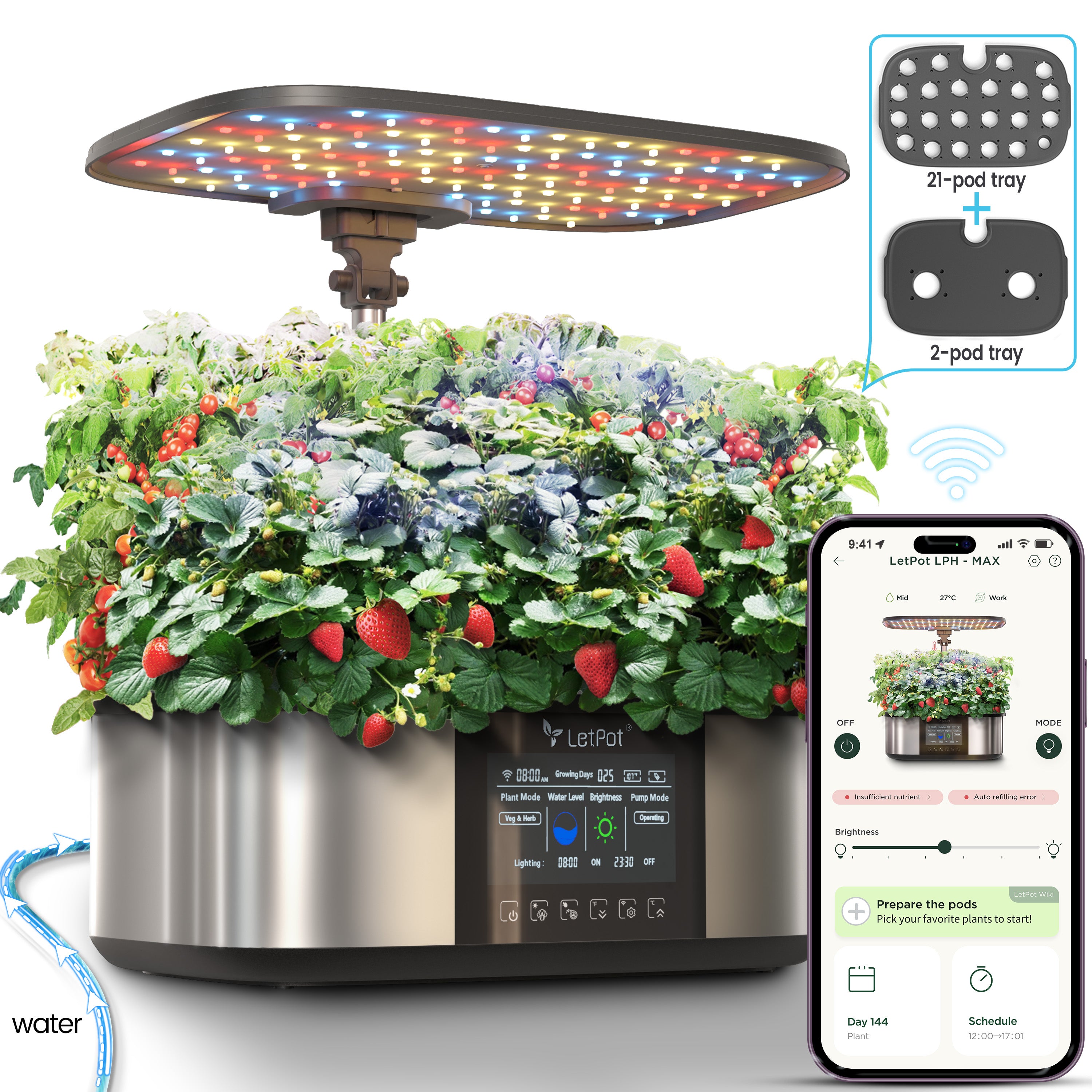
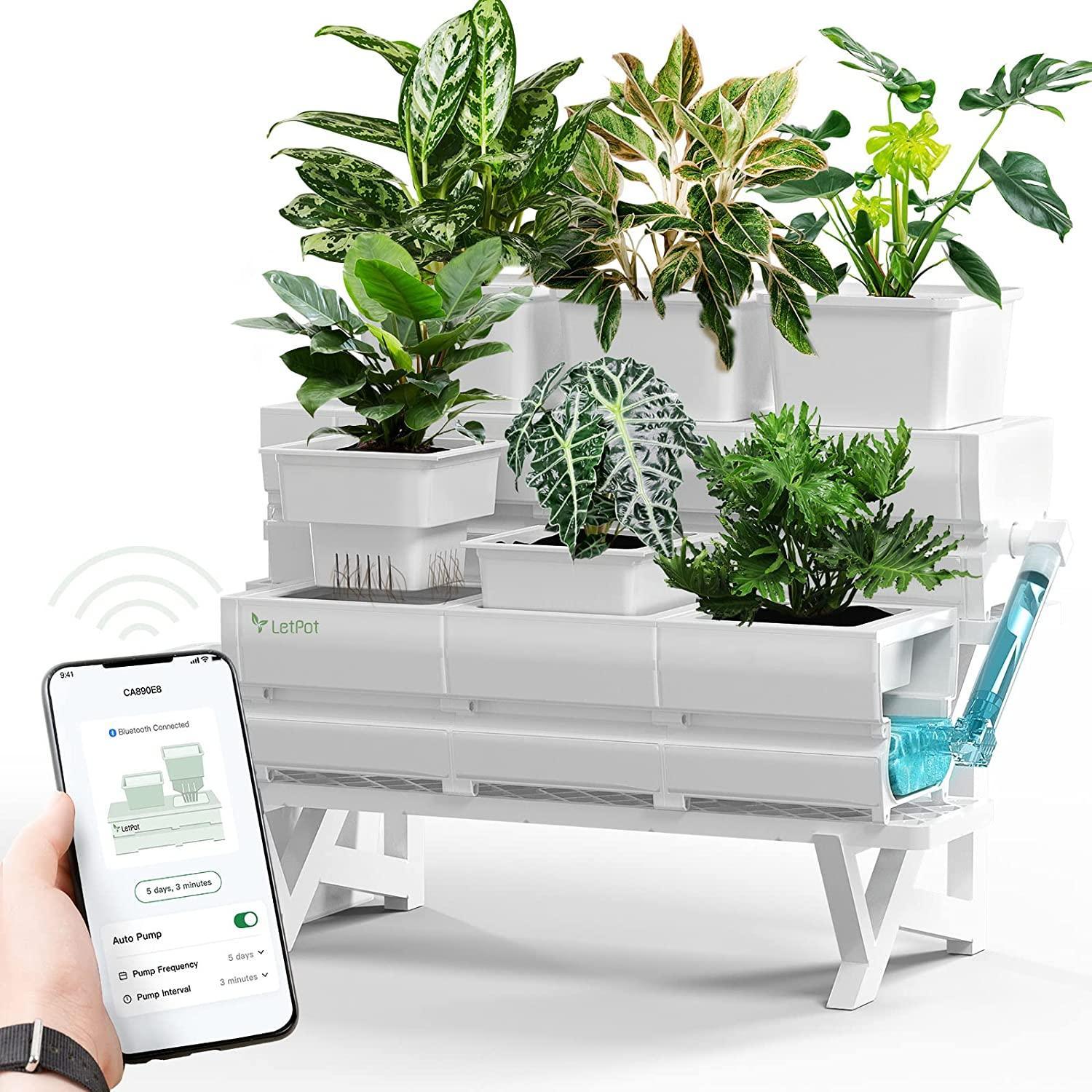
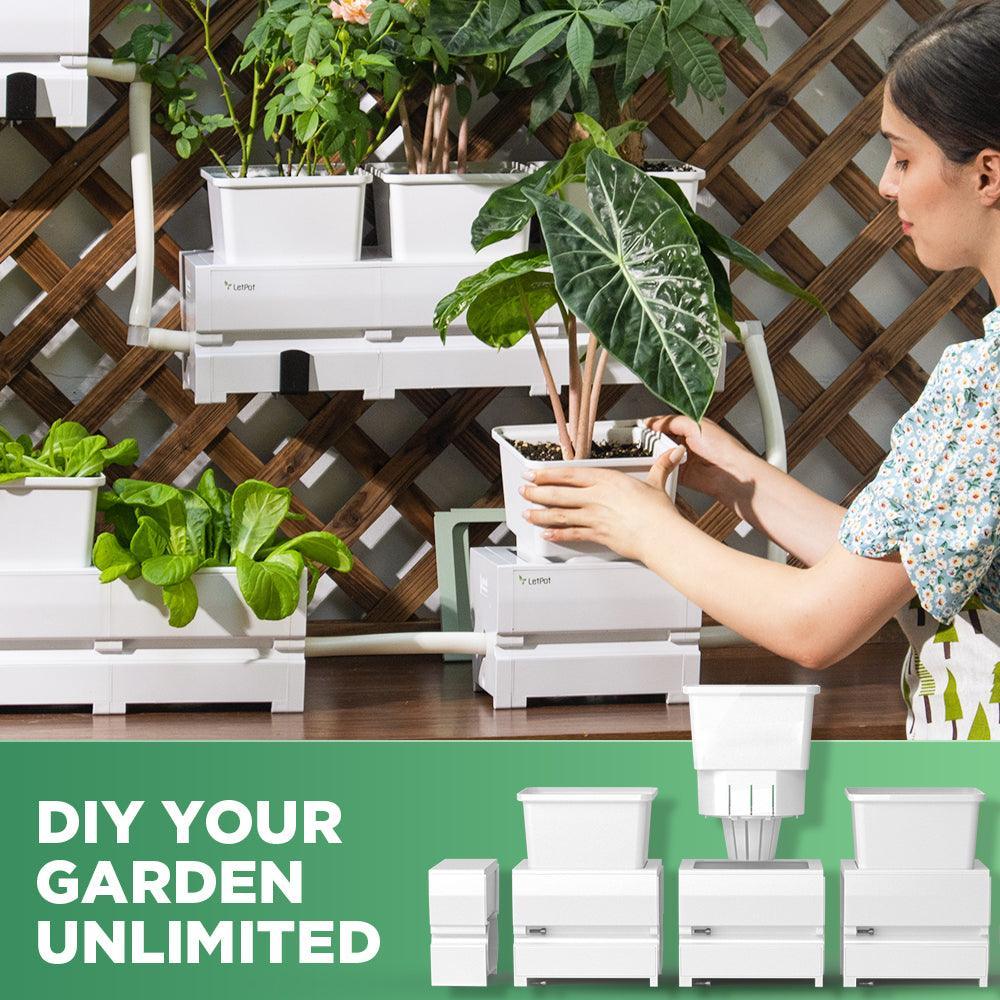
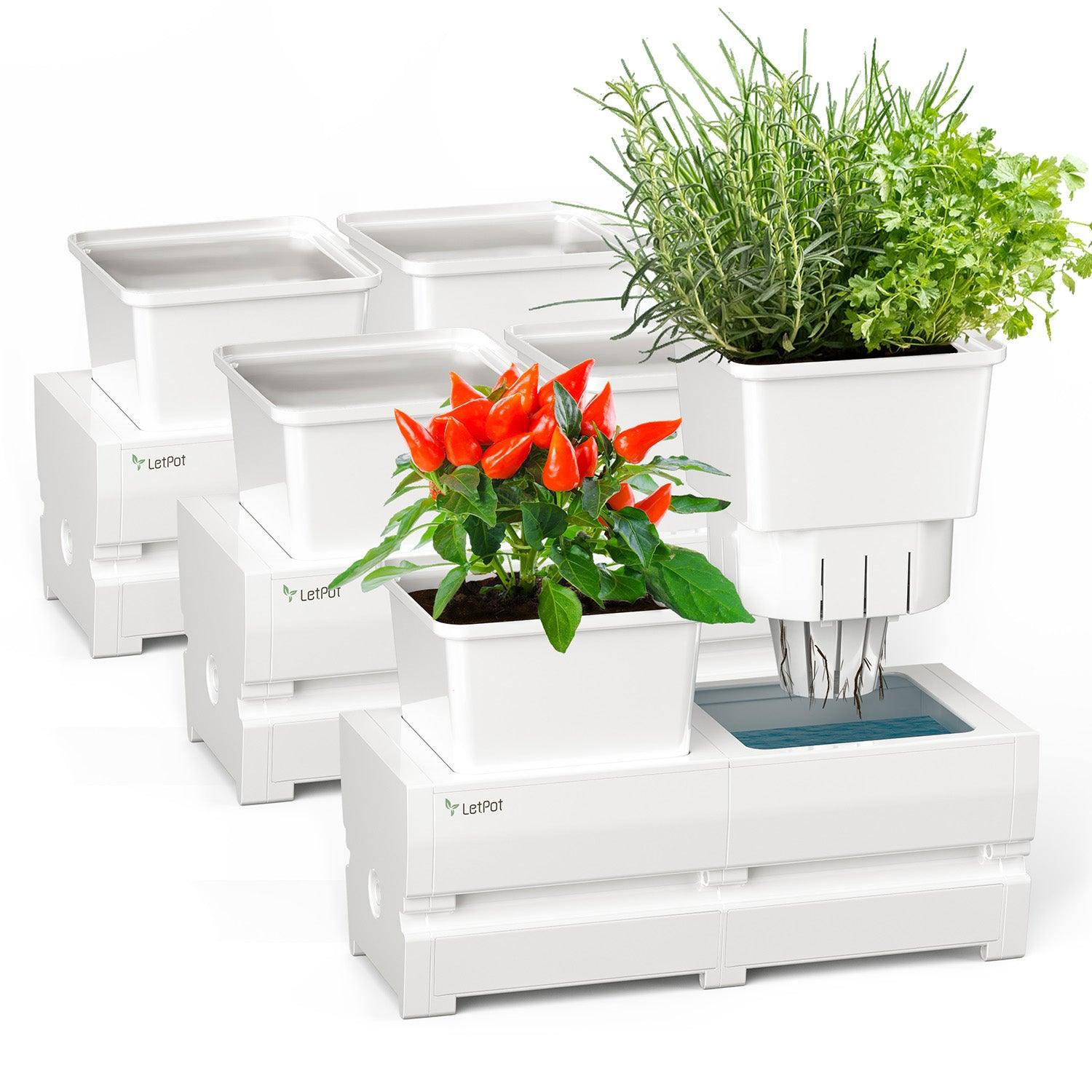
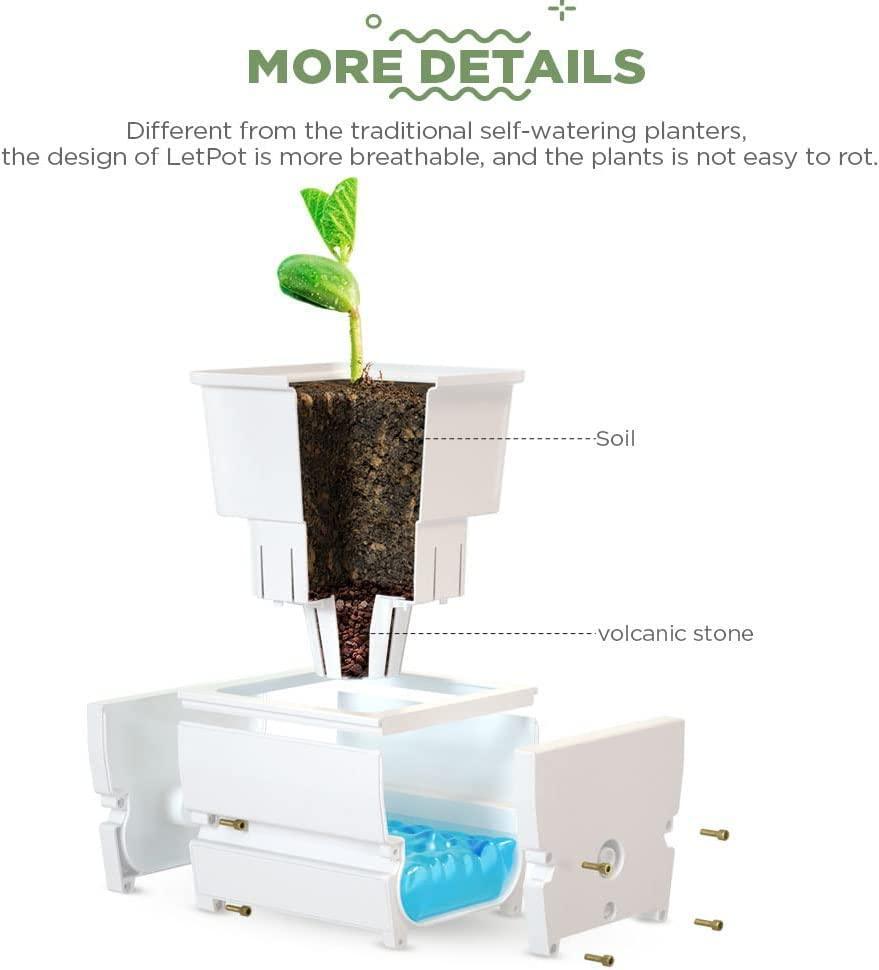
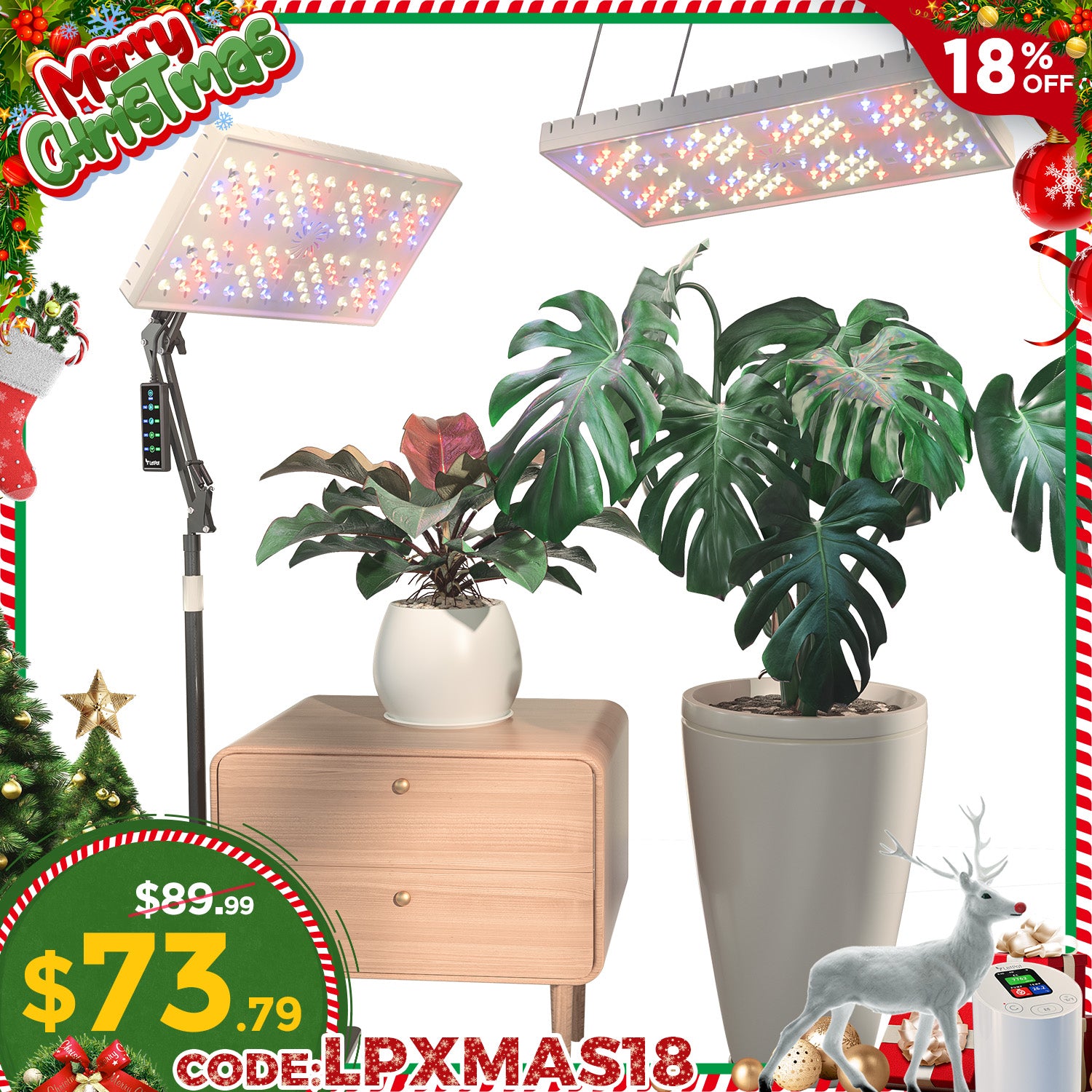
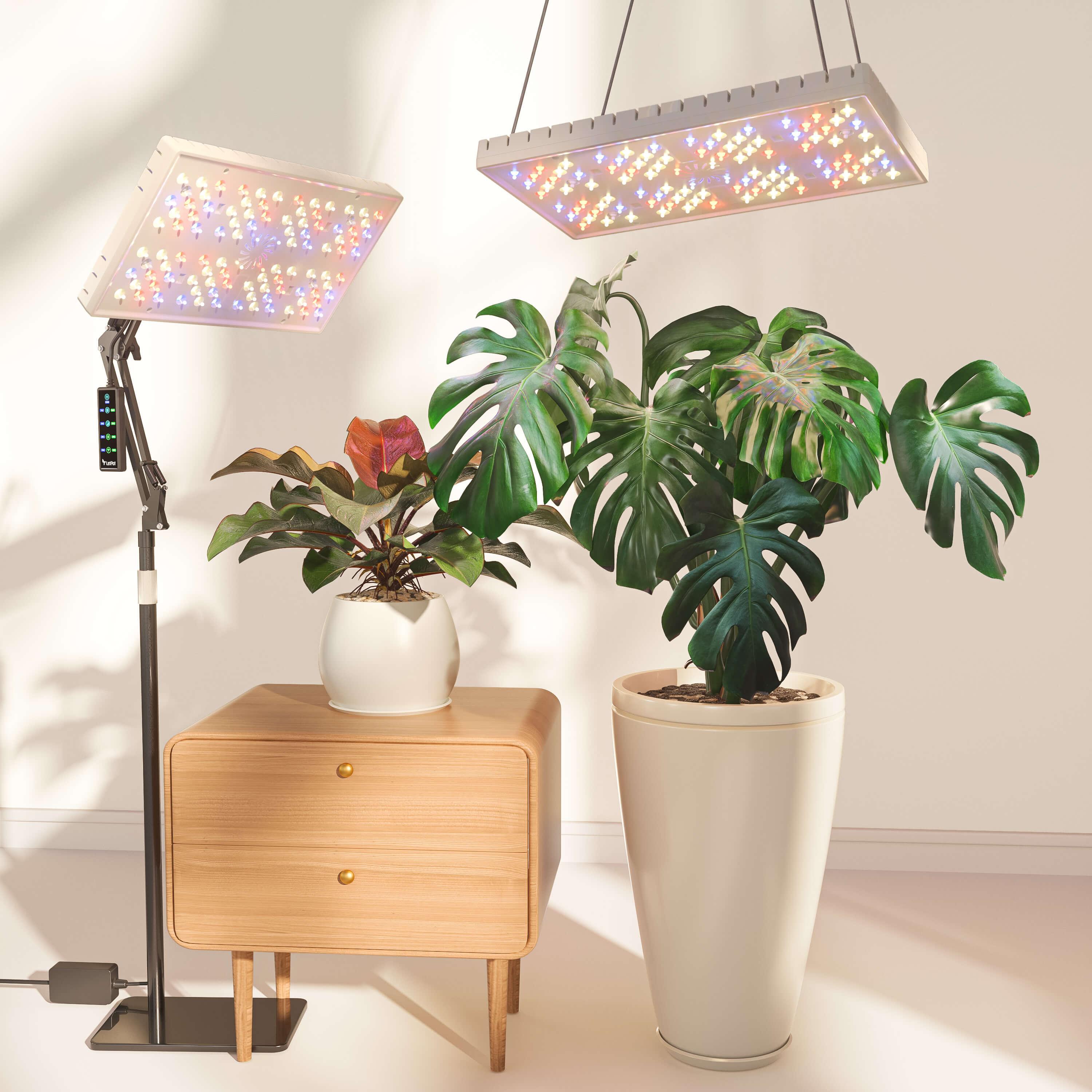
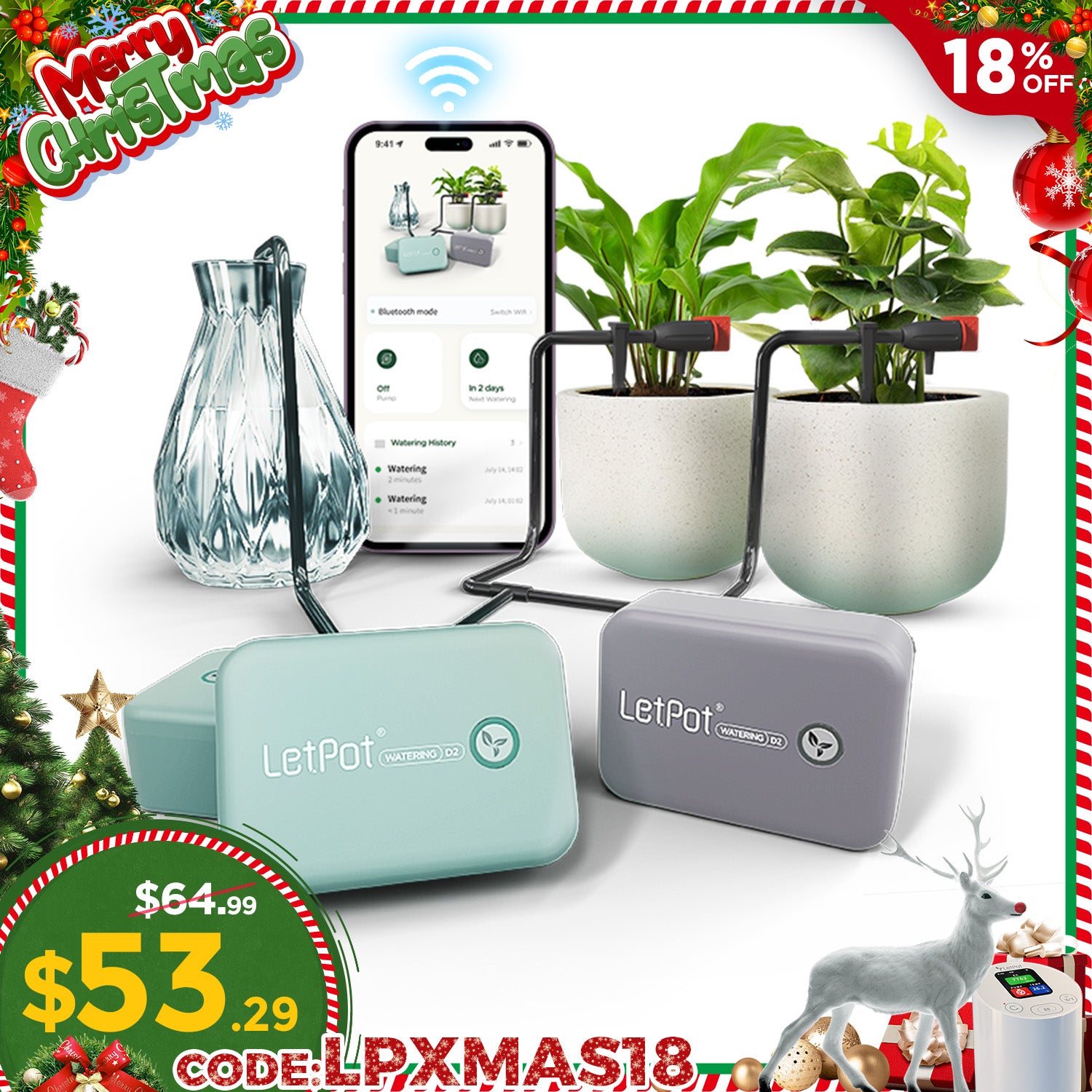

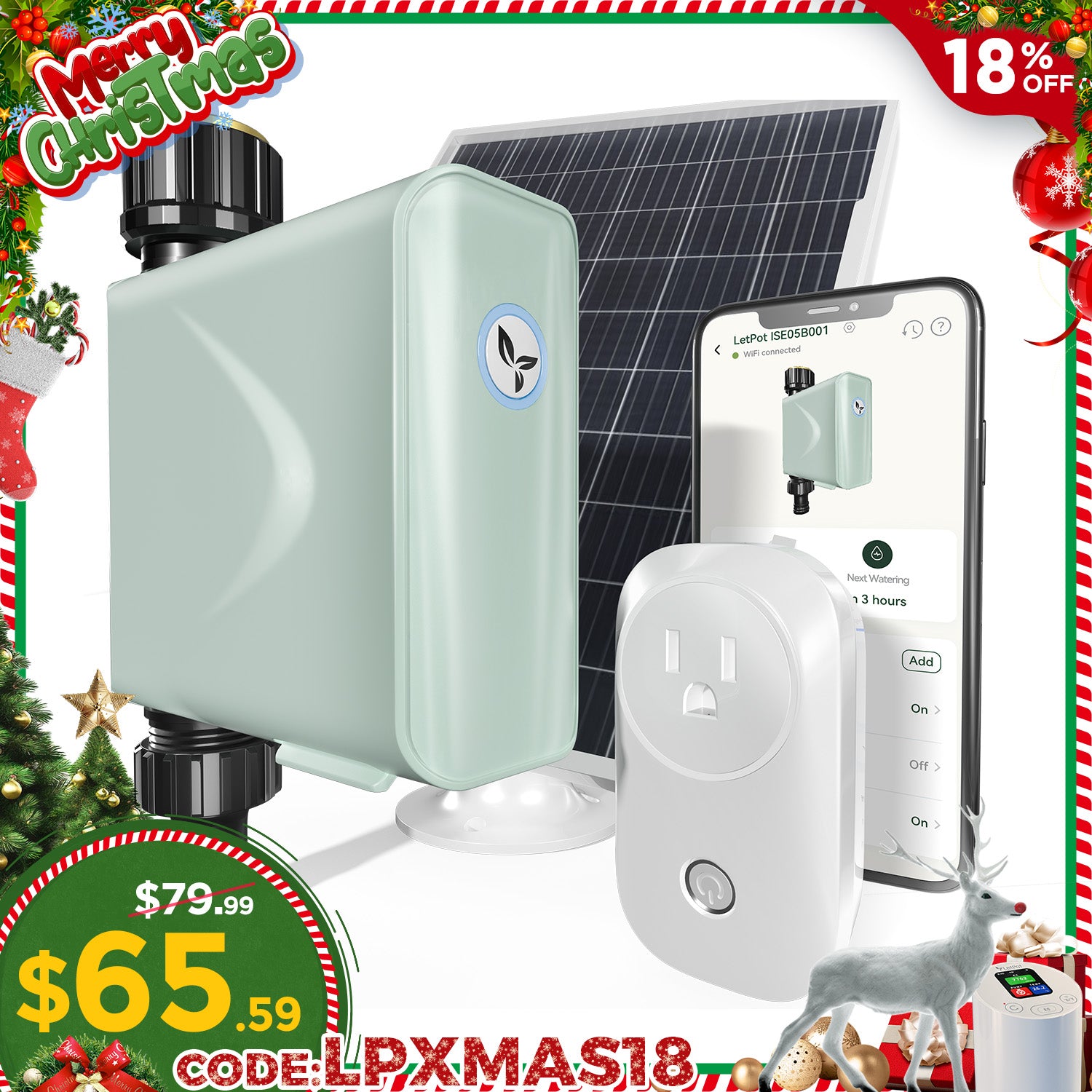
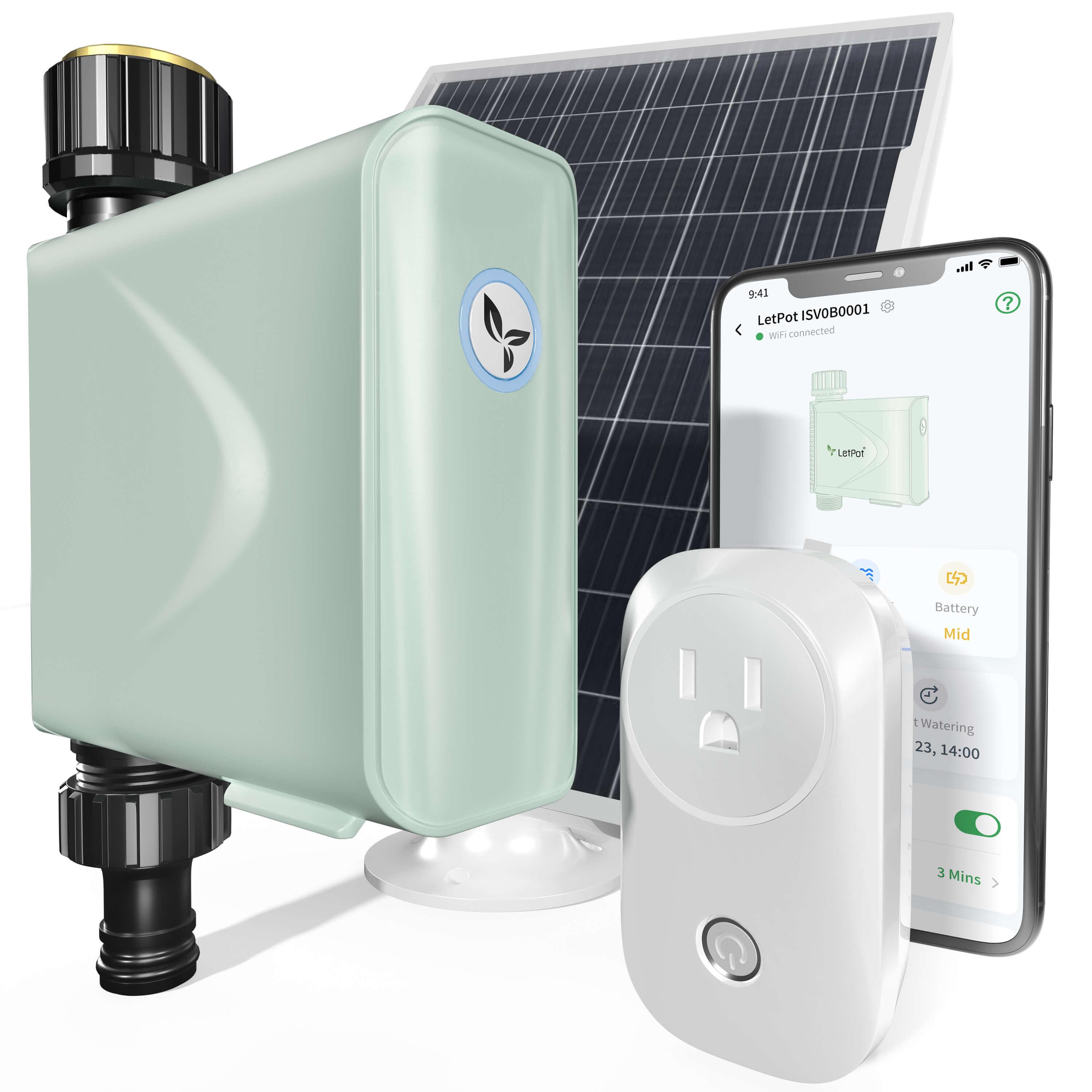

Leave a comment
All comments are moderated before being published.
This site is protected by hCaptcha and the hCaptcha Privacy Policy and Terms of Service apply.